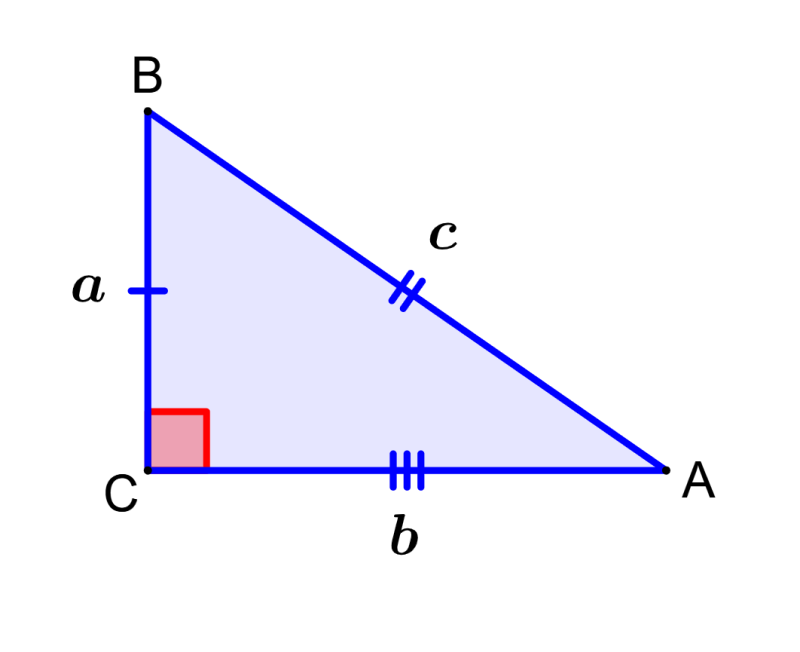A scalene triangle with a right angle is called a right angle scalene triangle. These types of triangles are right triangles and scalene at the same time. All right triangles contain a 90-degree angle, so it is possible to apply the Pythagorean theorem to find the dimensions of their sides. On the other hand, for a triangle to be scalene, all of its sides must have different lengths and all of its interior angles must have different measures.
Here, we will learn more about scalene triangles with right angles. We will learn about its characteristics and its most important formulas. In addition, we will use these formulas to solve some exercises.
GEOMETRY

Relevant for…
Learning to find the right angle scalene triangle with examples.
GEOMETRY

Relevant for…
Learning to find the right angle scalene triangle with examples.
What are right angle scalene triangles?
Right angle scalene triangles are triangles that are scalene and have a right angle at the same time. A triangle is a right triangle when it has an angle that measures 90 degrees.
On the other hand, a scalene triangle is a triangle that has all of its sides of different lengths and all of its interior angles of different measures. These triangles share the same main characteristics as all other triangles, that is, the sum of their interior angles is equal to 180 degrees.
The following is an image of a right angle scalene triangle:

Formulas for right angle scalene triangles
The most important formulas for solving problems with scalene triangles with right angles are the area formula, the perimeter formula, and the Pythagorean theorem.
Area of scalene triangles
The area of a scalene triangle can be calculated using the length of its base and its height:
| $latex A=\frac{1}{2}\times b \times h$ |
where, b is the length of the base and h is the length of the height.
Perimeter of scalene triangles
If we know the length of all the sides of the triangle, we can calculate the perimeter with the following formula:
| $latex p=a+b+c$ |
where, $latex a, ~ b, ~ c$ are the lengths of the sides of the scalene triangle.
Pythagoras theorem
Since the triangle has a right angle, we can use the Pythagorean theorem to find the length of one side if we know the length of the other sides:
| $latex {{c}^2}={{a}^2}+{{b}^2}$ |
where, c is the length of the side opposite the right angle and a, b are the lengths of the other sides.
Right angle scalene triangles – Examples with answers
EXAMPLE 1
If a scalene triangle has a base of length 18 m and a height of 8 m, what is its area?
Solution: We use the area formula with the given information:
$latex A=\frac{1}{2}\times b \times h$
$latex A=\frac{1}{2}\times 18 \times 8$
$latex A=72$
The area is 72 m².
EXAMPLE 2
A scalene triangle has sides of lengths 12 m, 15 m, and 17 m. What is the perimeter?
Solution: We use the perimeter formula with the given information:
$latex p=a+b+c$
$latex p=12+15+17$
$latex p=44$
The perimeter is 44 m.
EXAMPLE 3
A right angle scalene triangle has sides of length 6 m and 8 m. What is the length of the third side given that it is the side opposite the right angle?
Solution: Here, we have to use the Pythagorean theorem. The side we want to find is the side opposite the right angle, so we solve for c:
$latex {{c}^2}={{a}^2}+{{b}^2}$
$latex {{c}^2}={{6}^2}+{{8}^2}$
$latex {{c}^2}=36+64$
$latex {{c}^2}=100$
$latex c=10$
The length of the third side is 10 m.
Right angle scalene triangle – Practice problems
See also
Interested in learning more about scalene triangles? Take a look at these pages:



